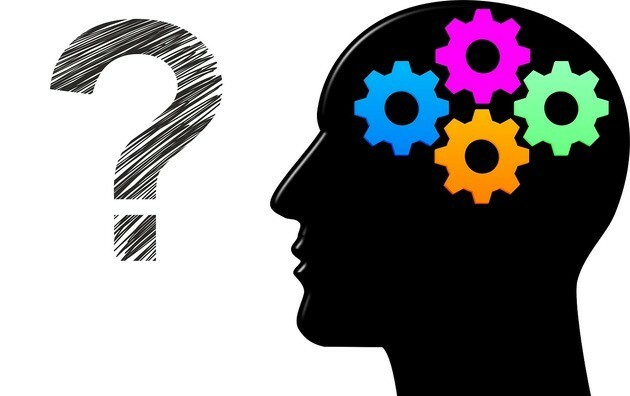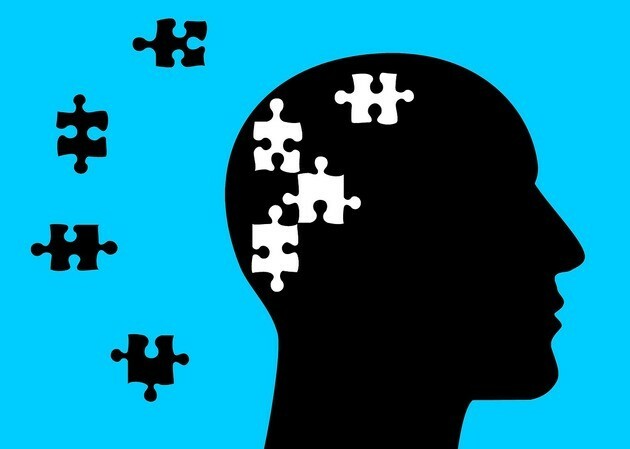Despite being used as synonyms, the words emotion and feeling have different meanings. To understand, it is important to have the knowledge that an emotion creates a feeling. In turn, this can create new emotions and other feelings.
Basically, emotions and feelings are closely related. This is because, as an emotion generates a feeling, which in turn can initiate emotions, a psychological cycle is constantly developing.
| Emotion | Feeling | |
|---|---|---|
| Definition | Brain reaction to an environmental stimulus. | Result of an emotional experience. |
| types | Primary, secondary and background. | - |
| Examples |
|
|
What is emotion?
An emotion is a reaction to an environmental stimulus. In this sense, they can cause subjective experiences and even neurobiological changes. They occur in a subcortical region of the brain and can trigger changes in the body.
When exposed to some emotion, the brain releases hormones that alter the person's emotional state. This means that physical reactions can occur, such as palpitations, crying, sweating and even unexplained pain.
However, unlike feelings, generated from emotions, these reactions are automatic. That is, before an event, each person will experience a different emotion, which will be developed in the brain instantly.
Therefore, they are generally related to communication, as they are noticeable by other individuals around the emotional person. Therefore, it is possible to identify the origin of the emotion if it is analyzed at the time, as they are generated by facts.
Despite this, one person may have a different emotion than another in an identical case. This is because they also depend on each one's life experience, their beliefs and feelings, which are much more complex than emotions.
This explains why in some cases certain individuals respond differently to certain events.
types of emotions
Emotions can be:
- Primaries
- secondary
- background
In this sense, it can be said that the primaries are those most noticeable by those around, such as panic or joy.
Secondary emotions, on the other hand, are not always visible, as they can be emotions of nervousness, shame or guilt.
Background emotions are those that are not perceptible, which provide a form of well-being or discomfort, such as calm or anguish.

Examples of emotional situations
Emotions cause physical reactions. Although some individuals are able to control these reactions so that they do not affect the world around them, many find it extremely difficult to keep their emotions in check.
Below we list some examples:
When flying from Rio de Janeiro to São Paulo, the plane passes through an area of turbulence and generates a panic attack (an emotion) in a female passenger. This is helped by the flight attendant, who has a different life experience from that of the passenger, and can act to try to calm her down.
After a heated argument in a bar after two beers, two men end up getting involved in a fight. The conflict was initiated because one disagreed with what the other believed, which generated emotions of irritability, which consequently led to a reaction of starting a fight between the dissenters.
- A hunter is confronted by a wolf, which triggers an emotion of nervousness. However, being used to this type of situation, the individual manages to keep reactions under control and quickly think of the best strategy to avoid being attacked by the animal.
What is feeling?
The feeling is the result of an emotional experience. In this sense, the reactions generated by emotions consciously will be the triggers for the creation of feelings. They are usually sensations that happen in the “back of the mind” and can be easily hidden from the world around.
Understanding the relationship between emotions and feelings is crucial to self-knowledge. This is because a feeling is something deep and can be disguised by the individual. Therefore, it is extremely important to have someone you can trust with whom you can share your feelings.
Unlike emotions, feelings may not be fleeting and, in some cases, can last a lifetime. Cases of negative feelings (such as deep sadness) can cause illnesses such as depression.
Despite being less intense than emotions, feelings last much longer. Which can be good (like a feeling of love) or bad (like a feeling of hate).
In addition, the cause of the feeling is not easily identified, which can generate anguish and suffering for those who deal with negative feelings. Because it is extremely intimate in scope, suffering can go unnoticed by everyone.
Examples of feelings
In general, feelings are seen as a mental disposition towards something or someone. Among the examples of sentiment, one can cite:
- Love
- Happiness
- Hatred
- Envy
- Compassion
- Disappointment
These are just some of the most common feelings of human beings, since depending on the individual, several others can present themselves. There is the feeling of curiosity, gratitude, justice, fear, among hundreds of others.

Emotion x Feeling
As seen, emotions are the brain's reactions to an event and can even be physical. However, they are fleeting and may or may not generate feelings. Already a feeling, created from an emotion, is lasting.
For example: if a human being is walking through a forest and comes across a tiger, he will immediately be seized by an emotion of panic.
Emotion will make the brain release hormones for the individual to react to the situation and save himself. This generates what psychology calls fight-or-flight behavior.
However, if a human being is thinking of a tiger and its animal instinct, which would not make it hesitate to attack a person, the feeling is one of fear. This is because he is not face to face with the animal that brings the feeling to light. If it was, it would pass for an emotion.
See also the difference between:
- Ego, superego and ID
- character and personality
- Sympathetic and parasympathetic nervous system
